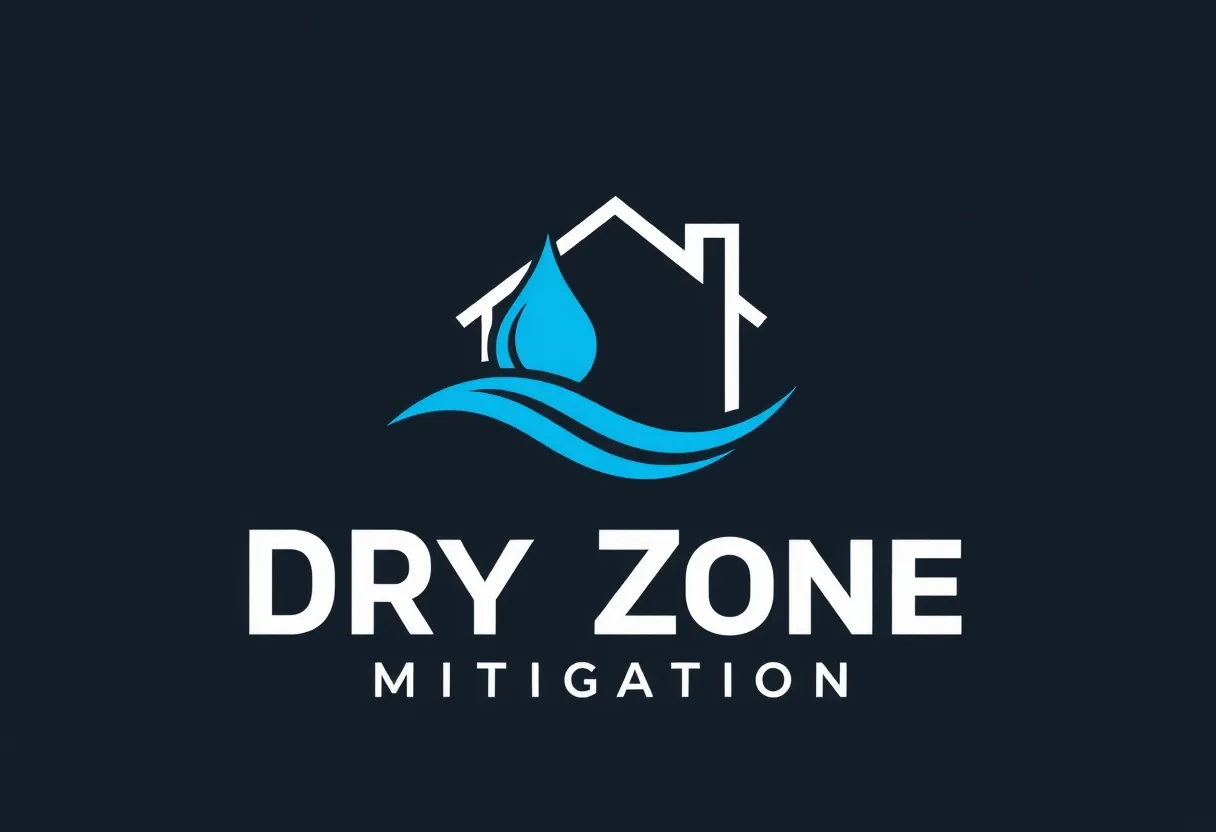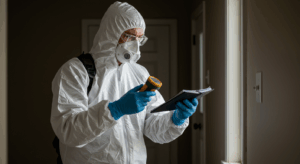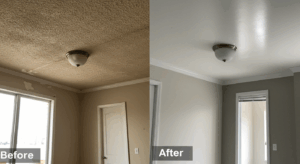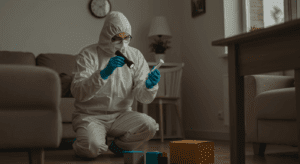Water damage can manifest in various forms, each requiring a specific approach to restoration. Understanding these differences is key to effective mitigation and repair. From sudden floods to slow leaks, the type of water determines the extent of damage and the necessary steps. Different types of water, such as clean water from a burst pipe, grey water from a dishwasher overflow, and black water from sewage backups, have varying degrees of contamination. This affects the restoration process, from the initial cleanup to the final disinfection. Knowing the source of the water is essential for determining the appropriate safety measures. Proper identification of the water type is critical for preventing further damage and ensuring the safety of those involved in the restoration process. This includes assessing the affected areas, identifying the source of the water, and determining the appropriate containment and cleanup procedures. Ignoring these factors can lead to costly mistakes and health risks.
Expert Water Leak and Mold Remediation Services in Elkhart, IN – 24/7 Emergency Assistance
Water leaks and mold growth can wreak havoc on your home, causing structural damage and




